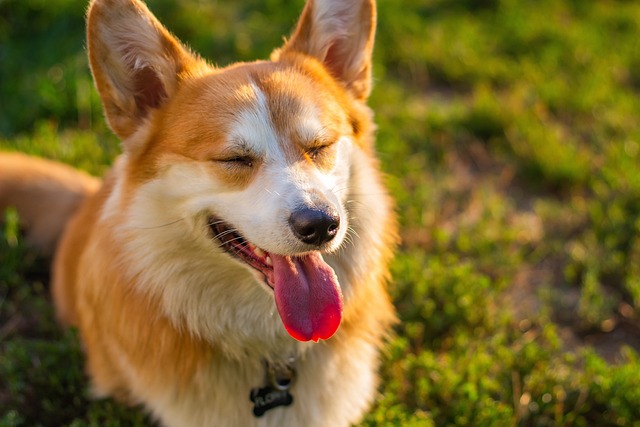
What is considered drinking a lot of water for a dog
Imagine you’re in your Phoenix apartment, refilling your 1-year-old Corgi mix’s water bowl for the third time before 2 p.m.—the Arizona sun is streaming through the window
You walk into the living room and spot it: a kibble tucked behind the couch, another under the rug, and maybe even a piece of treats buried in your potted plant. It’s confusing—you just filled their bowl, so why is your dog hiding food they didn’t finish? This quirky behavior is more than just mischief; it’s tied to their oldest instincts, and understanding it can help you bond better with your pup.
Dogs are descendants of wolves, and in the wild, food isn’t always easy to find. A wolf that stumbles upon more meat than it can eat will bury the leftovers to dig up later, when hunting is scarce. Your dog’s brain still carries that “save for later” switch. Even if their bowl is never empty, that primal urge kicks in—especially with high-value treats like jerky or cheese. It’s their way of saying, “This is good, and I want it later.”
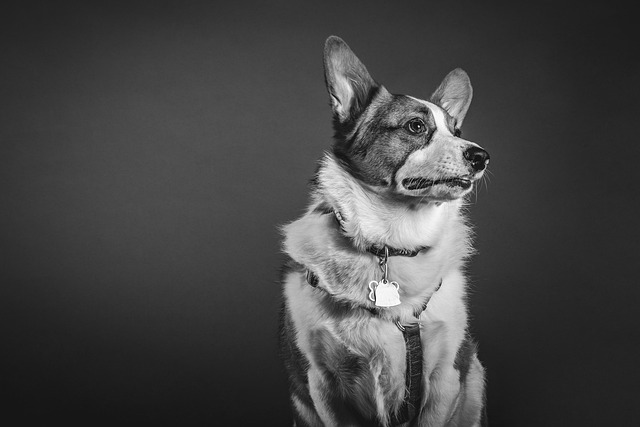 Sometimes, it’s about control, too. If your dog tends to hide food after mealtimes, they might be telling you they prefer eating on their own schedule. Maybe they’re not hungry right when you serve breakfast, or they feel rushed by a busy household. Try offering smaller portions more often—this gives them choice without waste, and it can reduce the need to stash extra bits around the house.
Sometimes, it’s about control, too. If your dog tends to hide food after mealtimes, they might be telling you they prefer eating on their own schedule. Maybe they’re not hungry right when you serve breakfast, or they feel rushed by a busy household. Try offering smaller portions more often—this gives them choice without waste, and it can reduce the need to stash extra bits around the house.
Apartment dwellers might notice this behavior more, as there are fewer “natural” hiding spots. Your dog might get creative: under pillows, in shoe racks, or even behind the TV. If their stashes start to smell or attract pests, gently redirect them. Offer a designated toy box or a soft blanket where they can “bury” their treasures—praise them when they use it, and they’ll catch on quickly.
It’s also worth checking if they’re hiding food because they’re not feeling well. A sudden change in eating habits can signal health issues, so a quick chat with your vet is always a good idea. And remember, community rules matter too: if you take treats to the park, make sure your dog doesn’t bury them in shared green spaces—cleaning up keeps everyone happy.
At the end of the day, hiding food is just another part of your dog’s unique personality. Embrace their little quirks, guide them gently when needed, and you’ll both feel more in sync. After all, there’s something pretty endearing about knowing your pup is saving a snack “for later”—even if later never comes.

Imagine you’re in your Phoenix apartment, refilling your 1-year-old Corgi mix’s water bowl for the third time before 2 p.m.—the Arizona sun is streaming through the window
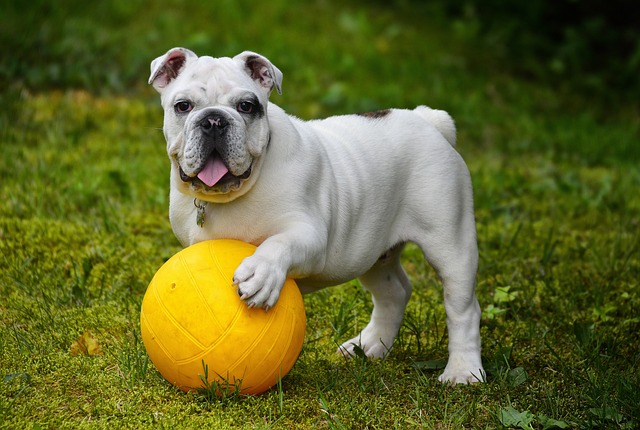
You’ve just brought your new puppy home, and amidst the chaos of toys and training, you notice they’re either glued to their water bowl or ignoring it completely.
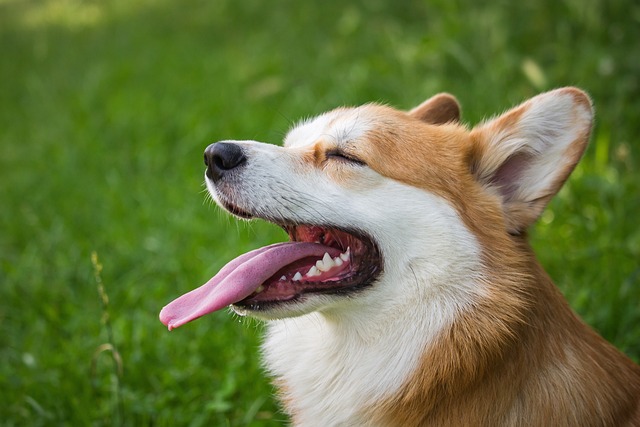
You're scrolling through Instagram, seeing pictures of happy, healthy dogs alongside captions praising their grain-free diet.
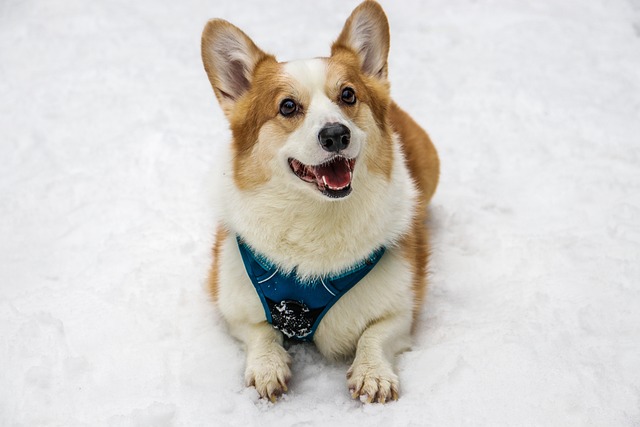
Imagine you’re standing in the pet section of a Florida grocery store, holding two bags of dog food: one labeled “grain-free” with a picture of a happy Husky
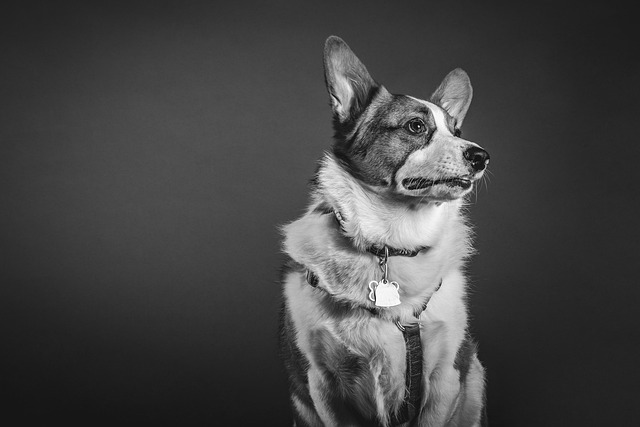
You walk into the living room and spot it: a kibble tucked behind the couch, another under the rug, and maybe even a piece of treats buried in your potted plant.
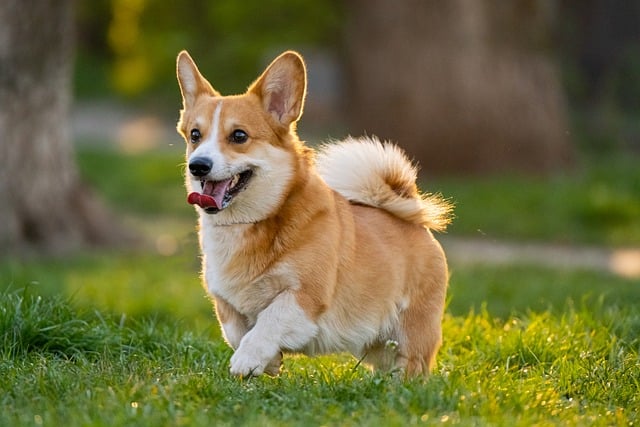
Imagine you’re pushing a cart down the pet aisle of a New York City grocery store, staring at a wall of dog nutritional supplements—glucosamine chews for joints